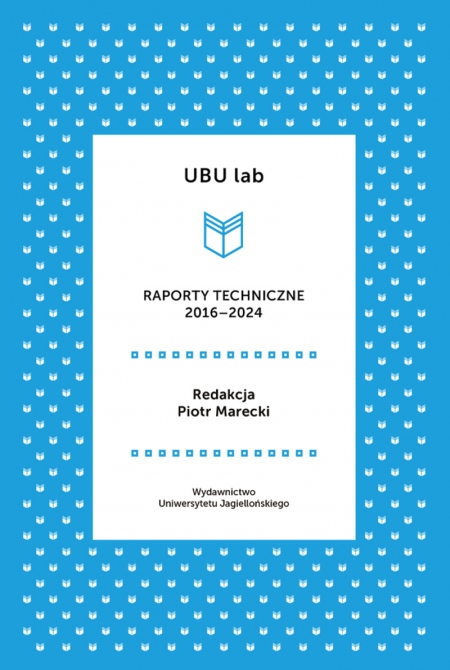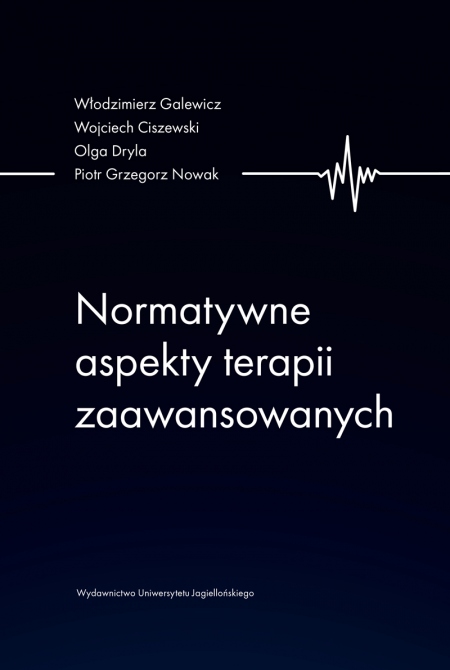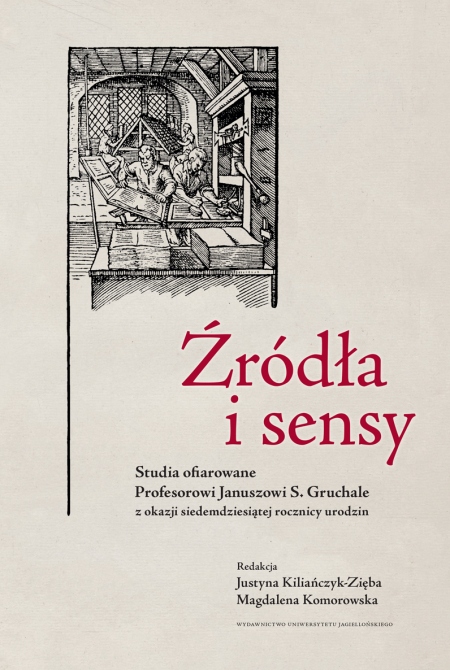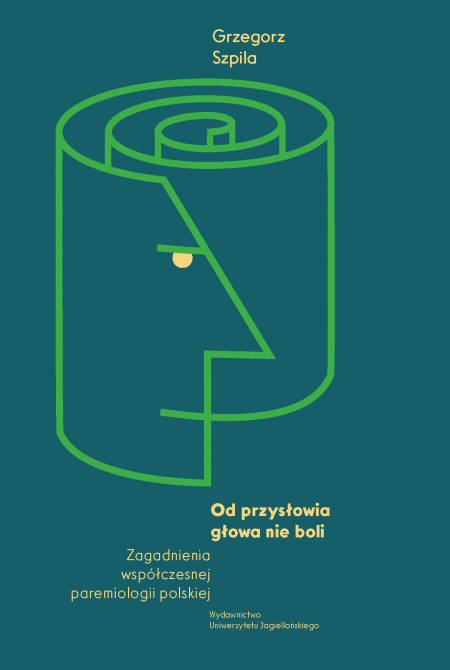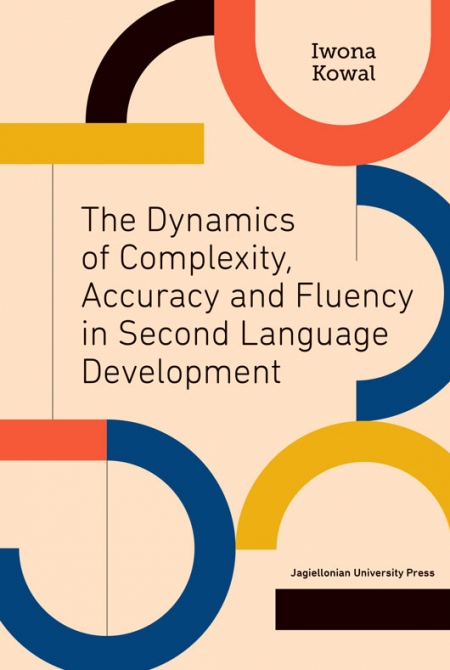
The Dynamics of Complexity, Accuracy and Fluency in Second Language Development
Liczba stron: 236
Format: B5
Rok wydania: 2016
Data premiery: 26.09.2016
Opis książki
This book looks at the development of language skills in Swedish as a second language in young adults, beginning from the first months of their second language instruction and ending after three years of intensive language courses. The focus is on three proficiency dimensions: Complexity, Accuracy and Fluency and their interplay not only at group level, but also, and most importantly, in individual students. At the beginning of the second language learning process accuracy, complexity and fluency are not integrated in the learner’s mind and they tend to act in an arbitrary fashion. During second language development integration of all dimensions proceeds steadily and after three years of learning the discrepancy between different aspects of proficiency is very low. In view of the necessary interplay of dynamic systems, the mutual impact of every dimension on particular aspects was also traced, as a consequence of which four learner profiles could be identified.
The goal of this book is to provide a platform for further discussion of the dynamics of second language development and the interconnectedness of systems involved in this development. With this aim in mind we call for an individual approach to be taken with every learner and for development to be treated as a constant interplay between many factors.
Język publikacji
Angielski/English
Autorzy
Iwona Kowal
POLECANE KSIĄŻKI
65,00
zł
52,00
zł
NOWOŚCI

The Dynamics of Complexity, Accuracy and Fluency in Second Language Development
Wybierz rozdziały:
Wartość zamówienia:
0.00 zł









